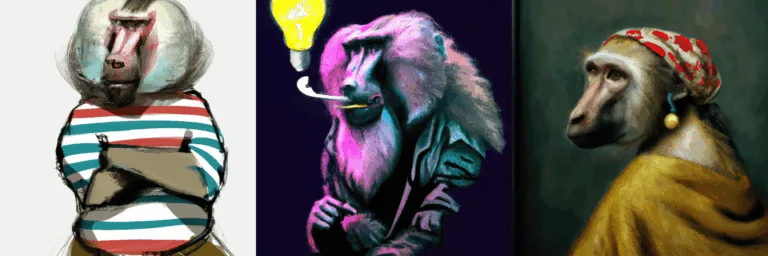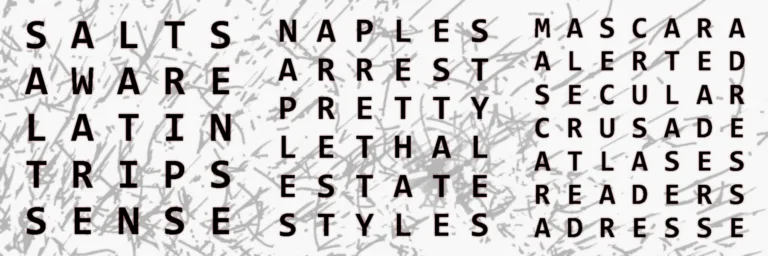⚠️ This book is currently not available to the public. If you are interested, please comment on this post, and I might send you a download code.
- Type: Novel
- Genre: Urban Fantasy
- Language: German
- Length: 103,000 words (290 pages)
“In the most remote corner of Selenia lies the Monastery of Saint Immagus, sheltering a thousand souls and thriving under the leadership of Abbess Jeljenka. A formidable sorceress, she calms the volcano and ensures fertile soil, yet enforces harsh punishment for any violation of her ten commandments. When the novice Felix encounters a stranger in the nearby fishing village, he is given a mission: to uncover the dark secret behind the monastery’s walls and confront the abbess with her abuse of power. Time and again, through courage and determination, Felix manages to compensate for the one deficit he has carried since birth—having no magical abilities in a monastery full of wizards.”
»Im entlegensten Winkel von Selenien liegt das Kloster Sankt-Immagus, das tausend Menschen Obdach gewährt und unter der Führung von Äbtissin Jeljenka gedeiht. Als exzellente Magierin beschwichtigt sie den Vulkan und sorgt für fruchtbare Böden, doch lässt sie Verstöße gegen ihre zehn Gebote hart bestrafen. Nachdem der Novize Felix im benachbarten Fischerdorf auf eine Fremde trifft, erhält er den Auftrag, das dunkle Geheimnis hinter dem Kloster zu lüften und die Äbtissin mit ihrem Missbrauch zu konfrontieren. Durch Mut und Entschlossenheit glückt Felix immer wieder, das Defizit auszugleichen, das ihn seit seiner Geburt begleitet – in einem Kloster voller Zauberer keinerlei magische Fähigkeiten zu besitzen.«




Leave a Reply